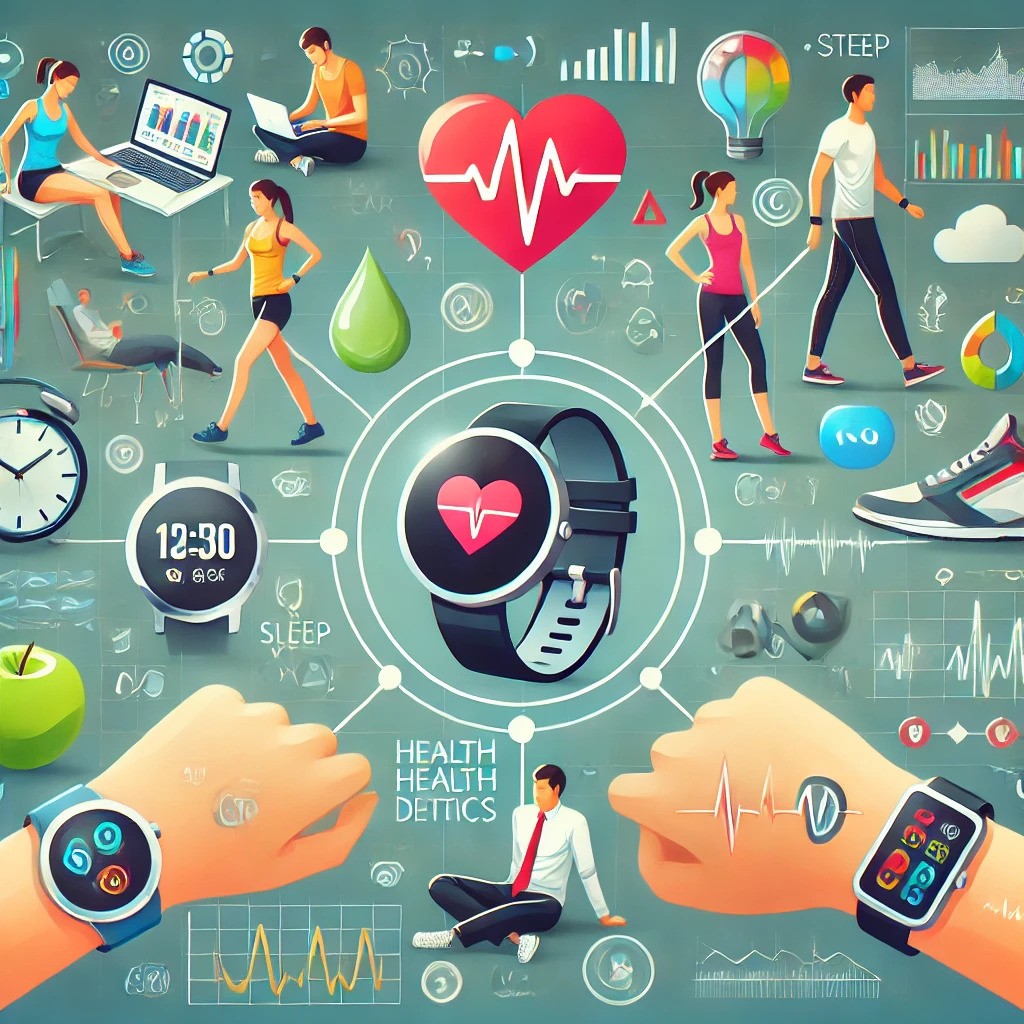The Evolution of Wearable Health Technology
In recent years, wearable health devices have revolutionized personal health management. These innovative gadgets, ranging from fitness trackers to smartwatches, are designed to monitor various aspects of health and wellness. With advancements in technology, these devices are becoming increasingly sophisticated, providing users with valuable insights into their health metrics and enabling proactive management of their well-being.
What Are Wearable Health Devices?
Wearable health devices are electronic gadgets worn on the body to track and monitor health-related data. These devices can measure various parameters, including physical activity, heart rate, sleep patterns, and even blood oxygen levels. Some of the most common types of wearable health devices include:
- Fitness Trackers: These devices primarily monitor physical activity, such as steps taken, calories burned, and distance traveled.
- Smartwatches: Smartwatches offer additional functionalities, such as notifications, GPS tracking, and advanced health monitoring features.
- Health Monitors: Specialized devices that measure specific health metrics, such as glucose levels for diabetic patients or ECGs for heart health.
Key Benefits of Wearable Health Devices
- Enhanced Health Monitoring
Wearable health devices provide real-time data on various health metrics, allowing users to track their health more effectively. For example, fitness trackers can monitor heart rate and physical activity levels, helping individuals understand their cardiovascular health and overall fitness.
- Proactive Health Management
By providing continuous health data, these devices enable users to make informed decisions about their health. For instance, if a wearable device detects irregularities in heart rate, users can seek medical advice promptly, potentially preventing serious health issues.
- Improved Fitness Tracking
Fitness enthusiasts benefit from the ability to track their progress over time. Wearable devices can monitor workout intensity, recovery periods, and overall performance, helping users set and achieve fitness goals more effectively.
- Sleep Analysis
Many wearable health devices come equipped with sleep-tracking capabilities. By analyzing sleep patterns and quality, users can gain insights into their sleep habits and make adjustments to improve their overall sleep health.
How Wearable Health Devices Work
Wearable health devices use a combination of sensors, algorithms, and connectivity features to collect and analyze health data. Key components include:
- Sensors: These measure various physiological parameters, such as heart rate, steps, and sleep quality. Common sensors include accelerometers, gyroscopes, and optical sensors.
- Algorithms: Advanced algorithms process the data collected by sensors to provide accurate health insights and predictions.
- Connectivity: Most wearable devices connect to smartphones or computers, allowing users to access detailed health reports, sync data, and receive notifications.
Popular Wearable Health Devices on the Market
Fitbit Charge 5
The Fitbit Charge 5 is a popular fitness tracker known for its comprehensive health monitoring features. It tracks heart rate, sleep, and stress levels, and provides personalized insights to help users improve their well-being.
Apple Watch Series 8
The Apple Watch Series 8 is a versatile smartwatch that offers advanced health monitoring features, including ECG, blood oxygen monitoring, and fall detection. It integrates seamlessly with other Apple devices, providing a comprehensive health management solution.
Garmin Forerunner 945
The Garmin Forerunner 945 is designed for serious athletes, offering detailed performance metrics, GPS tracking, and advanced training features. It’s ideal for individuals looking to optimize their training and recovery.
Considerations When Choosing a Wearable Health Device
Accuracy
The accuracy of health data provided by wearable devices can vary. It’s essential to choose a device from a reputable brand known for reliable data measurement and analysis.
Battery Life
Battery life is a crucial factor, especially for devices that need to be worn continuously. Opt for a device with sufficient battery life to avoid frequent recharging.
Compatibility
Ensure the wearable device is compatible with your smartphone or computer operating system. This ensures seamless synchronization and access to health data.
Comfort and Design
Since wearable devices are worn on the body, comfort and design are important considerations. Choose a device that fits comfortably and suits your style preferences.

The Future of Wearable Health Devices
The future of wearable health devices promises even more advanced features and capabilities. Emerging technologies, such as artificial intelligence and machine learning, are expected to enhance data accuracy and provide more personalized health insights. Additionally, the integration of wearable devices with telemedicine platforms may further improve remote health monitoring and management.
Conclusion: Embracing Wearable Health Technology
Wearable health devices represent a significant leap forward in personal health management. By providing real-time health data and insights, these devices empower individuals to take control of their well-being and make informed decisions about their health. As technology continues to advance, wearable health devices will undoubtedly play an increasingly important role in maintaining and improving overall health.
Embracing wearable health technology offers numerous benefits, from enhanced health monitoring to improved fitness tracking. By carefully selecting the right device and considering key factors such as accuracy, battery life, and compatibility, users can make the most of these innovative tools and achieve their health and wellness goals.
